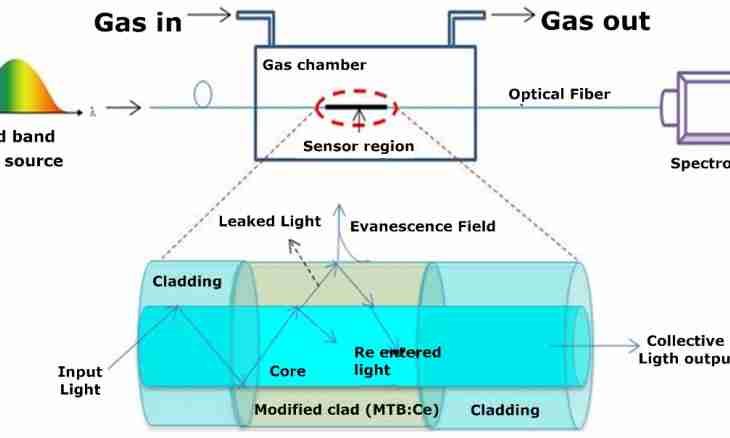Quite often there is a question: how it is possible to calculate the mass of any gas which is contained in a certain volume under certain conditions (pressure, temperature)? It is simple to make these calculations, it is necessary to know several rules only.
Instruction
1. Let's assume, the task is set for you: it is necessary to determine the mass of the carbon dioxide occupying with a normal pressure and room temperature volume in 0.18 м^3. First of all remember the universal rule according to which 1 mol of any gas under normal conditions occupies volume, equal 22.4 liters. (More precisely – the 22, 414 liter, but for simplification of calculations this size can be rounded).
2. Then transfer the volume given you to liters. 0.18м^3 is 180 liters. Respectively, it contains 180/22.4 = 8.036 moths of carbon dioxide.
3. And now there is the last step. A formula of carbon dioxide - CO2. Its molar weight: 12 + 16*2 = 44 grams/mol. That is one pier of carbon dioxide contains about 44 grams of this substance. How many it in 8.036 moths? Make multiplication: 44*8.036 = The 353, 58 gram or in round figures 353.6 grams. The task is solved.
4. If you have to find the mass of the same carbon dioxide, but being under the conditions which are very differing from normal? For example, some amount of this gas was placed in a tight vessel of V, heated to T temperature, measured its pressure which appeared by equal P. Question: what mass of carbon dioxide contains in a vessel under such circumstances?
5. And this task also very simple. For its decision it is necessary to remember only about Mendeleyev-Klapeyrona's equation called in honor of two outstanding scientists. It was removed by them for the description of conditions of so-called "ideal gas". Its formula is as follows: PV = MRT/m. Or in slightly modified form: PVm = MRT, where Z – pressure in pascals, V – volume in cubic meters, m – the molar mass of gas, M – its actual weight, T – temperature in degrees Kelvin, R – the universal gas constant approximately equal 8.31.
6. It is easily possible to see that the actual mass of gas M is calculated on a formula: M = PVm/RT. Having substituted all known data in this formula, and remembering that the molar mass of carbon dioxide m is equal 44 grams/mol, you easily receive the answer.
7. Of course, neither carbon dioxide, nor any other is ideal gas. Therefore, Mendeleyev-Klapeyrona's equation not quite precisely describes his state. But, if conditions not really strongly differ from normal, errors of calculations are small, and they can be neglected.

